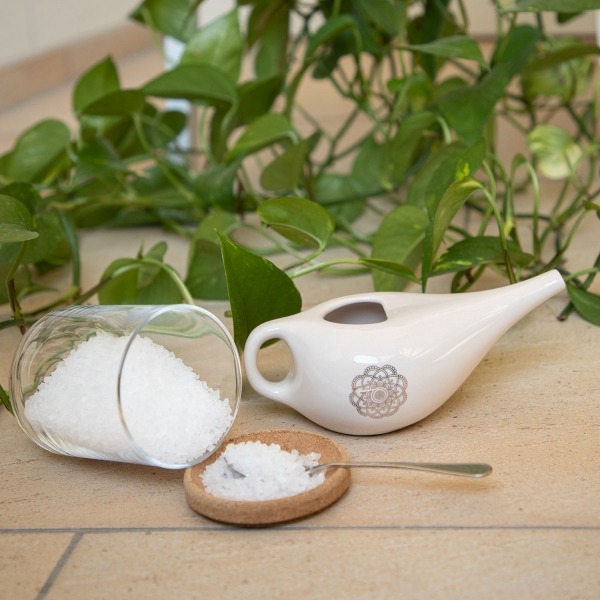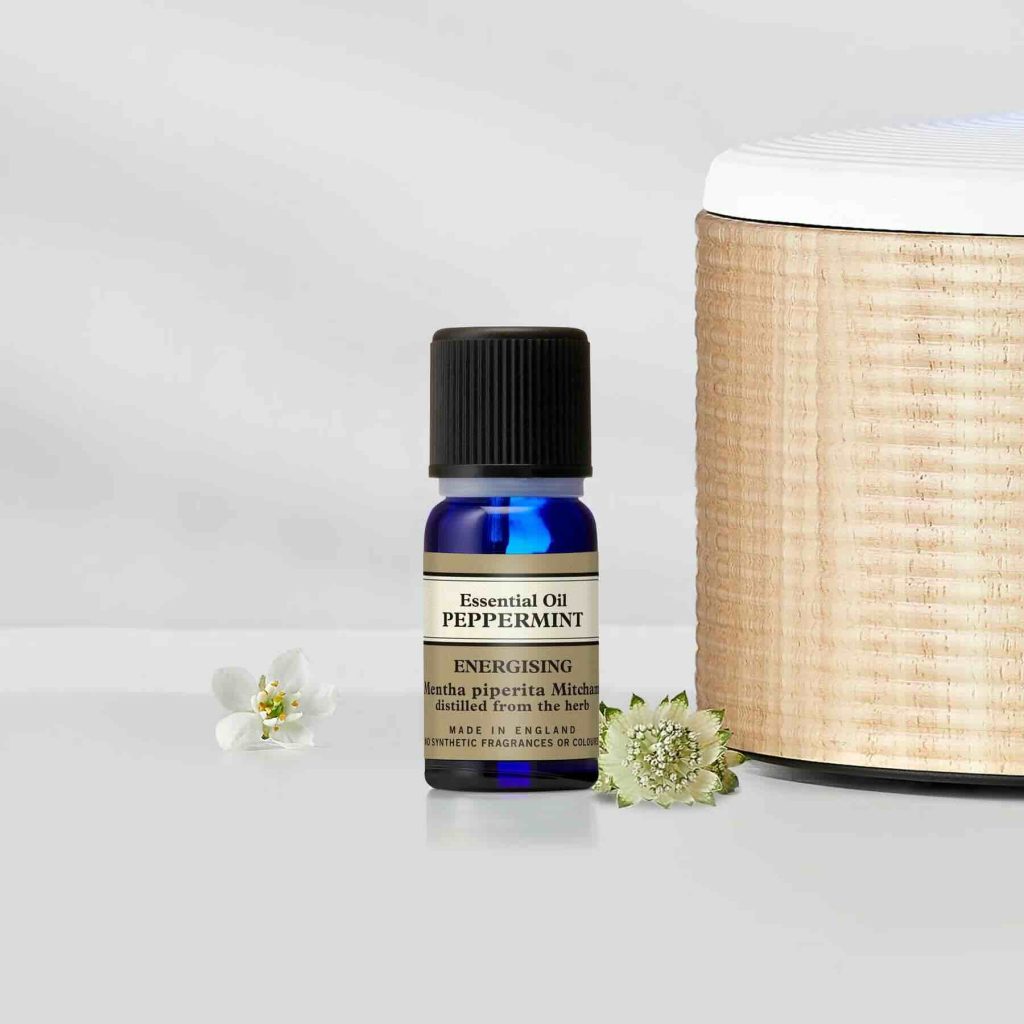Spring is a beautiful season filled with blooming flowers, warmer weather, and longer days. However, for many, it also signals the start of dreaded pollen allergies. The constant sneezing, itchy eyes, and congestion can make enjoying the season challenging. For me it means a stuffy nose and breathlessness. While over-the-counter medications can help, many of us prefer natural remedies to alleviate our allergy symptoms. Here are five natural remedies for spring pollen allergy relief that can help you breathe easier and embrace the season.
1. Local Honey: A Sweet Solution
A delicious option, one of the most popular natural remedies for allergies is local honey. The idea behind this remedy is that local honey contains small amounts of pollen from your area. By consuming honey regularly, you’re believed to be slowly desensitising your immune system to the pollen in your environment, which can reduce allergy symptoms.
How to use it:
- Add a teaspoon of raw, local honey to your tea, yogurt, or simply eat it by itself.
- Try to consume it daily, especially a few weeks before allergy season begins.
Remember, this remedy works best if the honey is raw and unprocessed. And, for it to be effective, it should come from local bees, as it contains the specific pollen you’re likely to encounter in your area.

. Nasal Irrigation: A Simple and Effective Method
Mildly gross, but effective. Nasal irrigation is an age-old practice that involves rinsing your nasal passages to remove allergens like pollen, dust, and mucus. The process helps clear out the irritants and can provide instant relief from congestion, sinus pressure, and irritation caused by pollen.
How to use it:
- Use a neti pot or saline spray to irrigate your nose with a saline solution.
- Gently pour or spray the solution into one nostril while tilting your head, allowing it to drain out the other nostril.
Doing nasal irrigation a couple of times a day, especially when you’re exposed to high pollen levels, can help reduce allergy symptoms significantly.
3. Quercetin: A Natural Antihistamine
Quercetin is a naturally occurring antioxidant found in fruits and vegetables like apples, onions, and berries. It works as a natural antihistamine by stabilizing mast cells, preventing them from releasing histamine, the compound responsible for allergy symptoms. This can help reduce symptoms like sneezing, itching, and congestion.
How to use it:
- Include quercetin-rich foods in your diet, such as apples, onions, citrus fruits, and grapes.
- You can also find quercetin supplements at health stores if you prefer a more concentrated form.
For best results, consider starting quercetin intake a few weeks before allergy season begins to allow your body time to build up its defences.

4. Peppermint Tea: A Cooling Relief
Peppermint is not only refreshing but also has natural decongestant properties. Drinking peppermint tea can help open up the airways and ease symptoms like nasal congestion and sore throat caused by allergies. Plus, peppermint has anti-inflammatory properties that can help reduce the inflammation in the sinuses.
How to use it:
- Brew a cup of peppermint tea and sip it slowly throughout the day.
- You can also inhale steam from peppermint oil by adding a few drops to hot water and breathing in the steam.
If you don’t like tea, you can also use peppermint essential oil in a diffuser or apply a diluted mixture of the oil to your temples for extra relief.
5. Stinging Nettle: Nature’s Antihistamine
Stinging nettle is an herb that has been used for centuries to treat a variety of conditions, including allergies. It acts as a natural antihistamine by blocking the release of histamine, which is responsible for allergic reactions. This herb is particularly useful in managing hay fever and pollen allergies.
How to use it:
- You can take stinging nettle in the form of supplements or tea.
- If using the tea, steep a handful of dried nettle leaves in hot water for 5-10 minutes before drinking.
Be cautious if you are allergic to plants in the nettle family or have a sensitive stomach, as it can cause mild digestive upset in some people.
Bonus Tip: Keep Your Home Pollen-Free
In addition to these natural remedies, you can also minimise your exposure to pollen by taking steps to keep your living space free from allergens. Here are a few tips:
- Keep windows closed during high pollen seasons.
- Use air purifiers with HEPA filters to clean the air.
- Wash your hands and face after being outside to remove pollen.
By implementing a combination of these natural remedies and taking steps to reduce your exposure to allergens, you can enjoy the beauty of spring without suffering from pollen allergies.
Spring allergies don’t have to put a damper on your enjoyment of the season. From local honey to nasal irrigation, there are several natural remedies that can help ease your symptoms and provide relief. Always consult with a healthcare professional before starting any new treatment, especially if you have pre-existing health conditions or are pregnant or breastfeeding. With a little help from nature, we can all breathe easier and fully embrace the springtime air.




